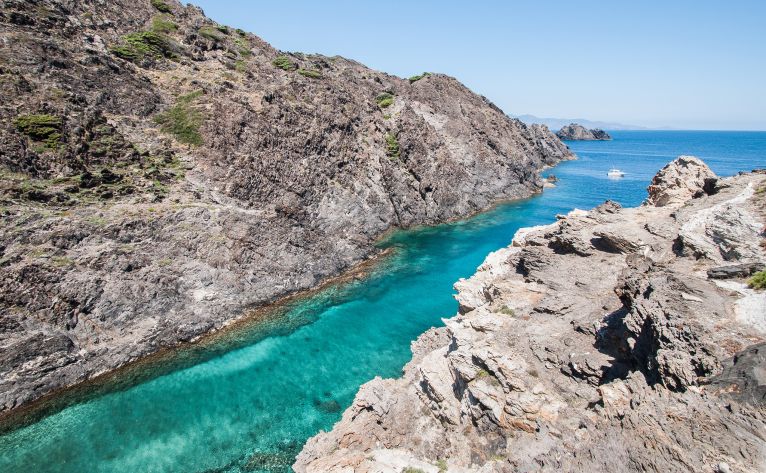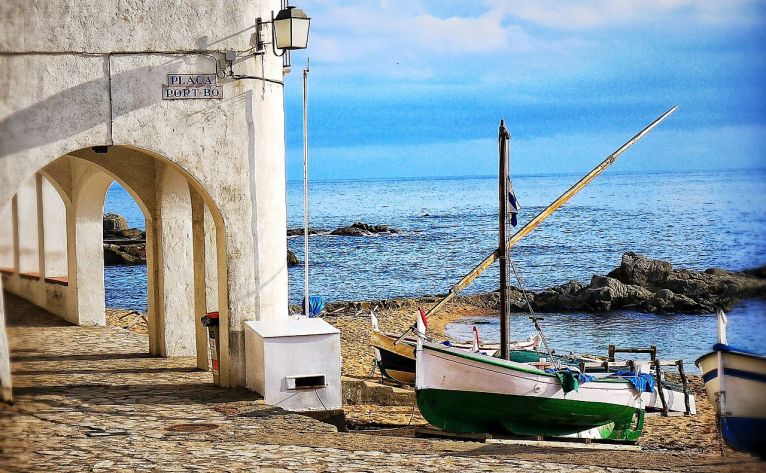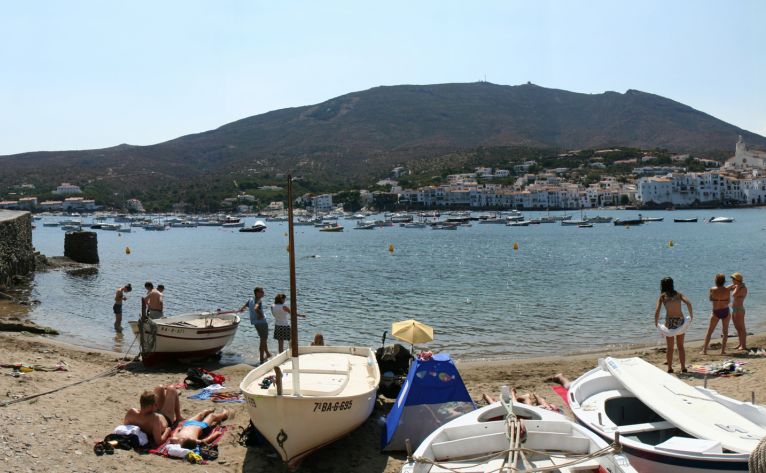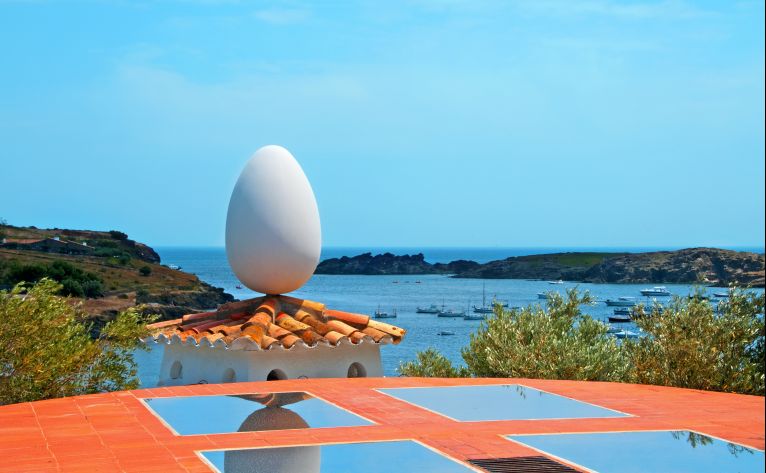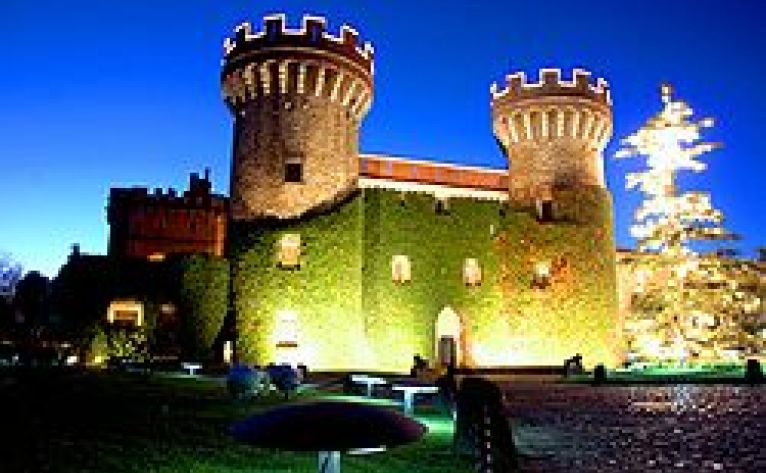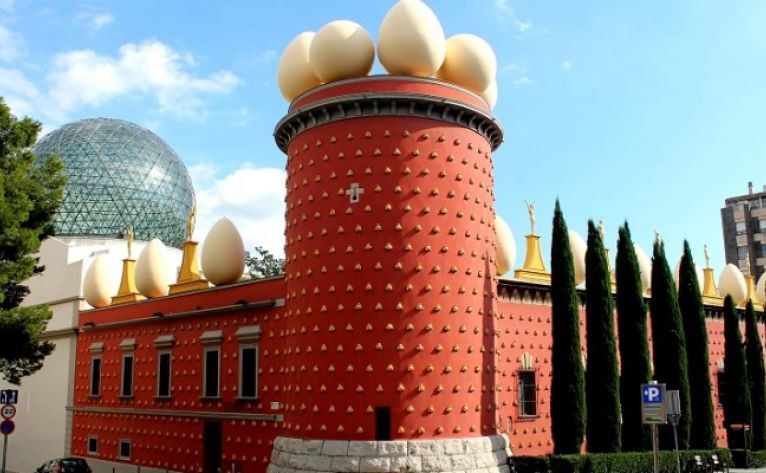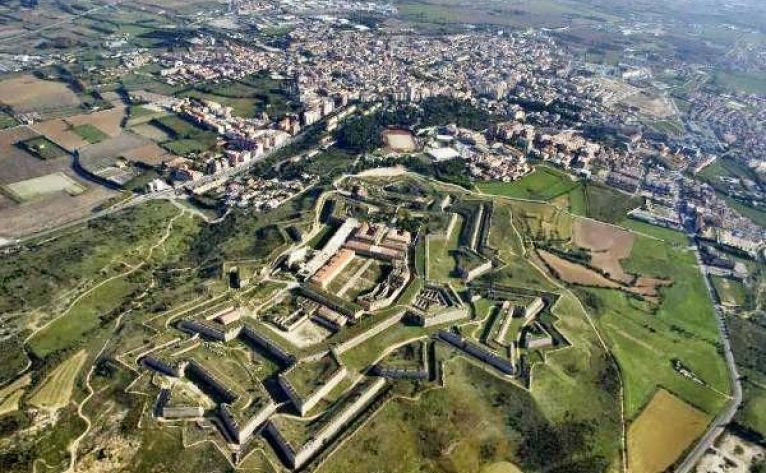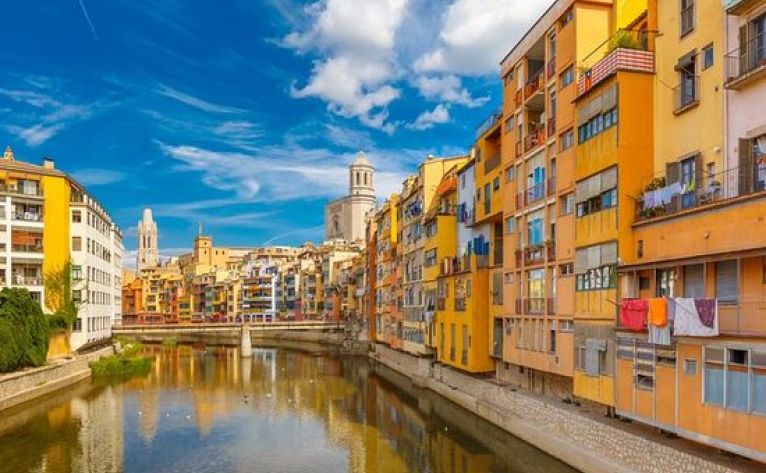Cap de Creus
This little corner of Cape Creus has some of the best beaches on the Catalan coast. Many of them have been highlighted by the Government of Catalonia with the highest recognition for the quality of its waters and its care entorn.Cada one has its own personality; we find from sandy beaches, beaches made up stones rounded by the action of the sea and wind over time, but all have in common the crystalline water that characterizes the Cap de Creus, perfect for practicing there any maritime activity.


